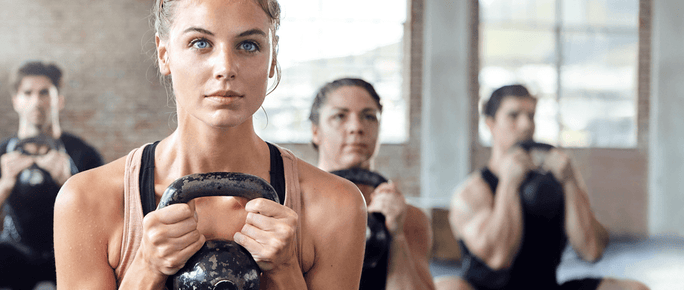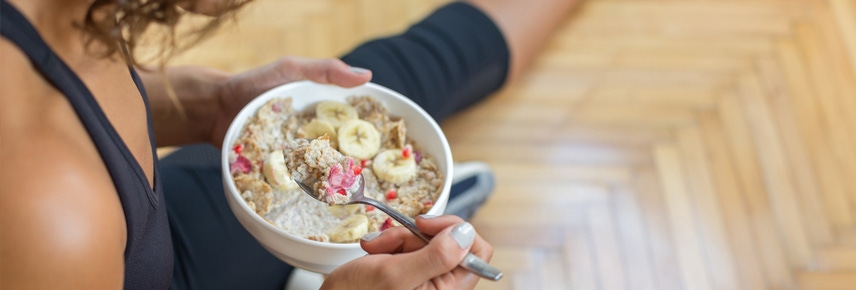
10,000 steps a day VS quick bursts of energy – which is better for you?
Is the icy chill putting the freeze on your exercise routine? On a cold morning the idea of jumping out of bed to tackle a hard workout might not be particularly appealing. So the question is, do you tick the exercise box in a quick 30 minute session, or aim for 10,000 steps over the course of the day?
We take a look at which exercise approach is best to ensuring you keep up your fitness this winter.
High intensity exercise
The popularity of short, high intensity workouts in winter is growing and it’s easy to see why. Cooler temperatures, less daylight and diminished energy levels in winter means you’re less likely to exercise when it’s a lengthy road ahead.
High-intensity workouts are designed to elevate your heart rate with short bursts of quick activity alternated with low-intensity recovery breaks, with research showing they can help burn more calories in less time, elevate metabolism and burn fat.
There’s also another, less obvious, benefit to group class formats – there’s a sense of community and accountability that comes with a shared sweat session, a benefit you don’t necessarily get pounding the pavement by yourself.
What about 10,000 steps?
Surprisingly, given its status as a daily exercise goal, the 10,000 steps a day concept originated in Japan in the lead-up to the 1964 Tokyo Olympics as a marketing strategy to sell step counters.
Nowadays, the 10,000 step benchmark is used by researchers worldwide as a reasonable gauge of daily activity for healthy adults. Unfortunately, we’re falling short with less than ½ of Kiwi adults moving their bodies for the recommended 2.5 hours per week. Walking is great for your health. It can help you live longer and has been associated with a lower risk of heart disease, type 2 diabetes and depression. And the more steps the better. Research showed people who increased their steps from 1,000 to 10,000 a day had a 46% lower mortality risk - walk further and live longer! It might seem like a large amount but it doesn’t have to be overwhelming, especially when you break it down over an entire day. Ten thousand steps is equivalent to around 8kms, or an hour and 40 minutes of walking depending on your stride length and walking speed.So what’s better for your health?
While different types of exercise may offer different benefits, the best type of physical activity is the one you enjoy and can include into your lifestyle on a regular basis. Whether you choose short bursts or slow and steady, the most important thing is to keep moving. Moving more and sitting less will help you
build strong muscles and bones, maintain a healthy weight, support mental health and reduce the risk of heart disease, cancer and diabetes.
Find an exercise you enjoy so you stick with it, and importantly, enjoy a variety of nutritious foods every day. Add in incidental exercise like walking the dog, choosing the stairs and leaving the car at home whenever you can.

The latest nutrition advice, plus health and wellness tips delivered to your inbox monthly

